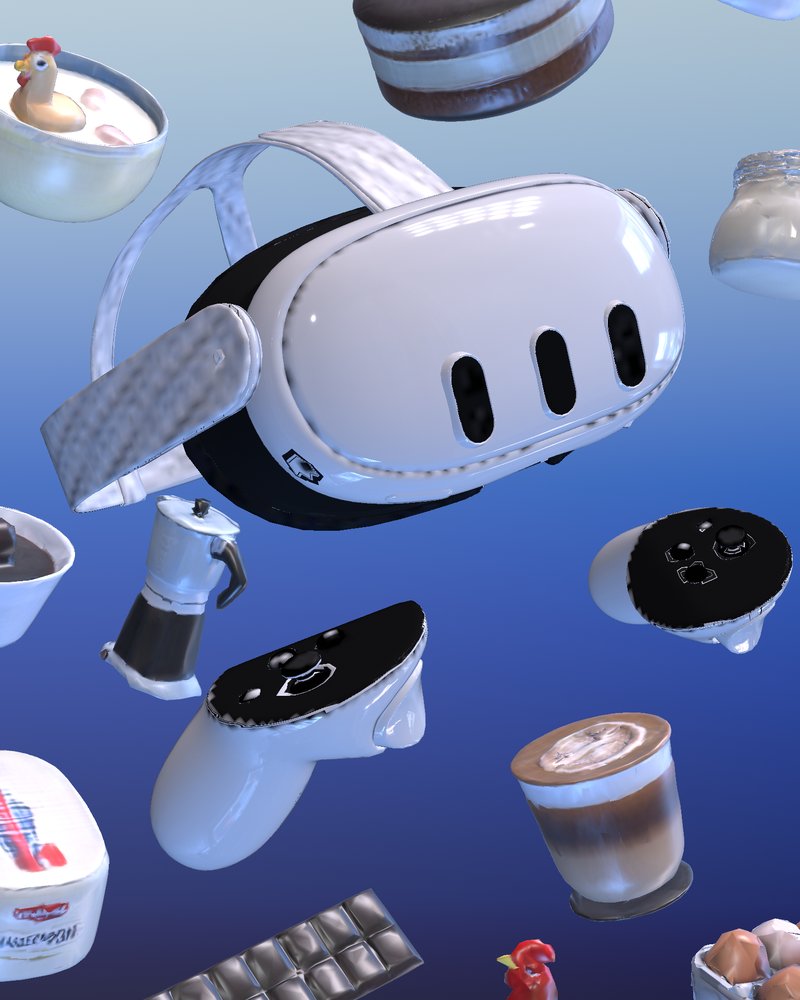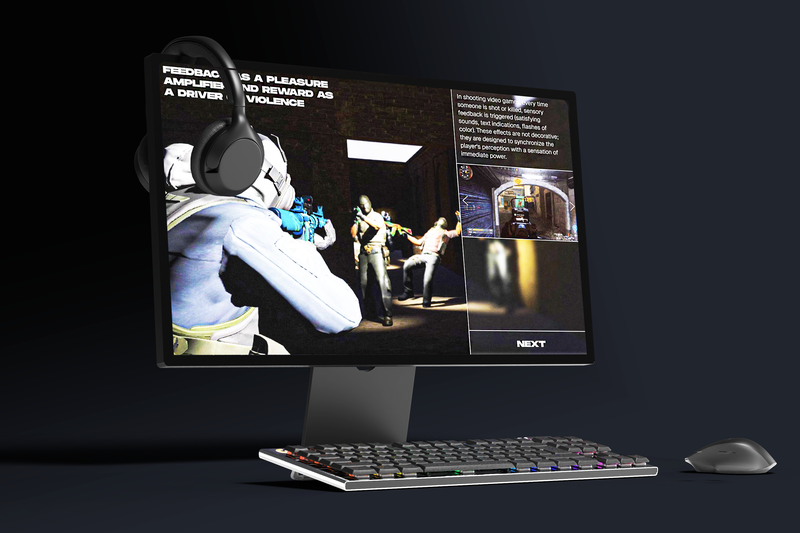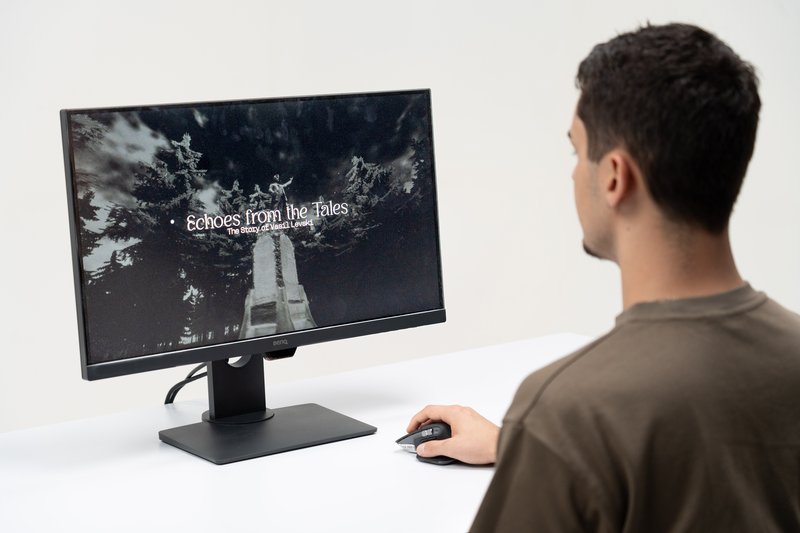
BA MEDIA & INTERACTION DESIGN
Betaverse – 2025
with Mario Von Rickenbach
Using a mixed reality headset, the students used their surroundings as playground. Through creative gestures, each experiment proposes a way of interacting with the environment.




